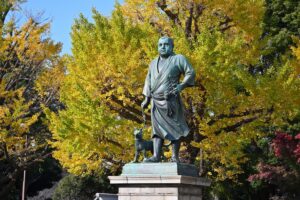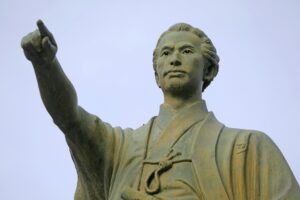This article takes you on a journey through the history and cultural importance of Hachiko and other Shiba Inu statues in Japan. Discover the stories behind these monuments, their significance in Japanese culture, and practical tips for visiting these iconic sites during your travels.
The Story and Significance of Hachiko and Shiba Inu Statues in Japan
The Hachiko statue at Shibuya Station in Tokyo is more than just a popular meeting spot; it is a symbol of unwavering loyalty and devotion, values deeply embedded in Japanese culture. The story of Hachiko, the faithful Akita dog who waited for his deceased owner every day for nearly ten years, has touched the hearts of millions worldwide. This tale of loyalty has not only cemented Hachiko’s place in history but also inspired the creation of other dog statues across Japan, particularly those of the beloved Shiba Inu breed. These statues serve as cultural landmarks, reminding us of the deep bond between humans and dogs, a relationship celebrated and revered in Japanese society.
The Legend of Hachiko: A Tale of Loyalty
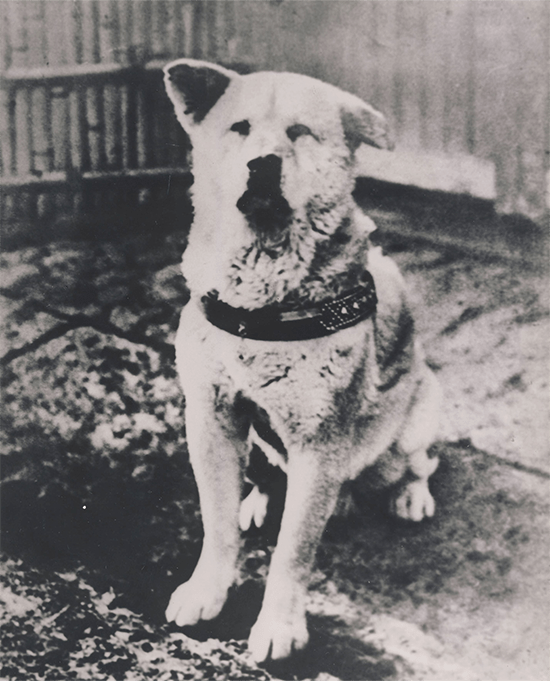
Hachiko’s story begins in the early 1920s when he was adopted by Professor Hidesaburo Ueno of Tokyo University. Every day, Hachiko would wait at Shibuya Station for Professor Ueno to return from work. Tragically, in 1925, the professor passed away suddenly, but Hachiko continued to wait at the station daily for the next nine years, until his own death in 1935. His unwavering loyalty touched the hearts of those who saw him, leading to the erection of a bronze statue in his honor at Shibuya Station in 1934. This statue, which still stands today, has become a beloved symbol of loyalty and faithfulness, celebrated in numerous books, films, and stories across Japan and around the world.
Other Notable Shiba Inu Statues in Japan
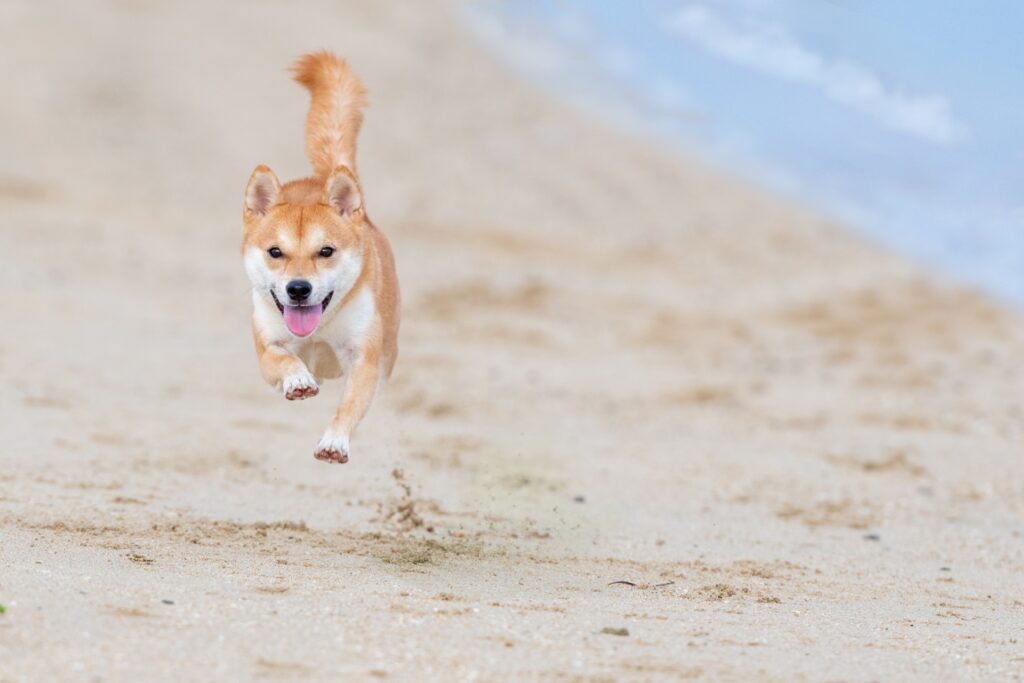
While Hachiko is the most famous dog statue in Japan, the Shiba Inu, another popular breed, also enjoys a significant cultural presence. Across Japan, you can find various Shiba Inu statues that embody the same values of loyalty and devotion that Hachiko represents. In cities like Akita, where the breed originated, these statues are often found in local parks and temples, serving as guardians and symbols of protection. In other regions, Shiba Inu statues are part of public art installations, celebrating the breed’s importance in Japanese culture and its role as a faithful companion.
Cultural Impact and Legacy of Hachiko in Japanese Society
Delve into the profound influence Hachiko’s story has had on Japanese society, shaping cultural values and leaving a lasting legacy in various forms of art and media.
Hachiko in Popular Culture
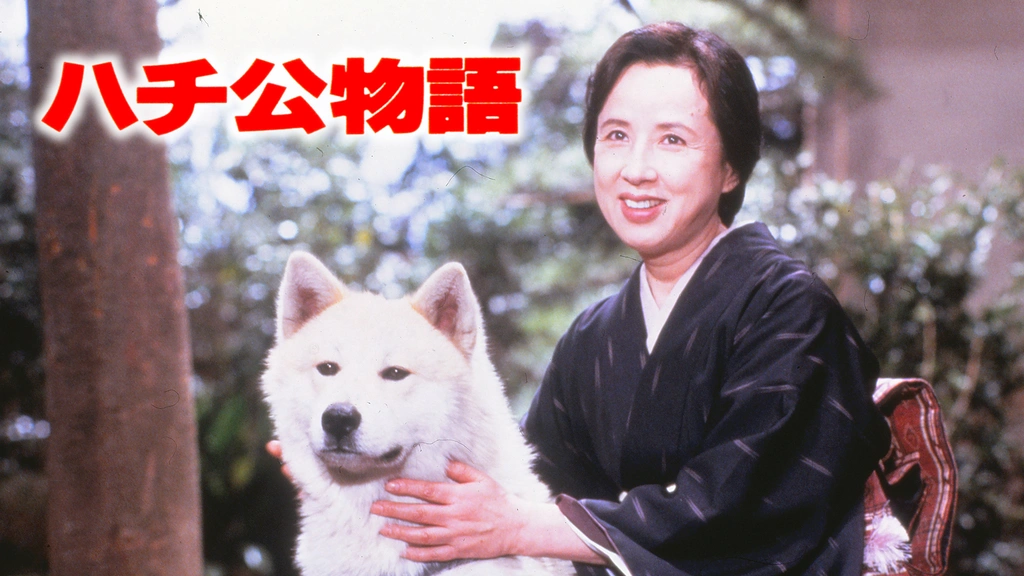
Hachiko’s story has transcended its origins, becoming a cultural phenomenon in Japan and abroad. The story has been immortalized in various forms of media, including the famous Japanese film Hachiko Monogatari (1987) and the Hollywood adaptation Hachi: A Dog’s Tale (2009), starring Richard Gere. These portrayals have further cemented Hachiko’s place in popular culture, making his story of loyalty and love an enduring legacy. Additionally, Hachiko’s image is frequently used in advertisements, merchandise, and public campaigns, reinforcing his role as a symbol of unwavering devotion.
The Role of Hachiko and Shiba Inu Statues in Modern Japanese Art
In contemporary Japanese art, Hachiko and Shiba Inu statues have inspired numerous artists who explore themes of loyalty, love, and the human-animal bond. Modern art installations often feature these statues in innovative ways, blending traditional symbolism with contemporary aesthetics. These works not only pay homage to the historical significance of these dogs but also explore new interpretations of their symbolic meaning, contributing to the ongoing dialogue between Japan’s cultural heritage and modern artistic expression.
Visiting Hachiko and Shiba Inu Statues in Japan: A Traveler’s Guide
Plan your journey to discover the iconic Hachiko statue and other notable Shiba Inu statues across Japan with practical travel tips and recommended itineraries.
Where to Find Hachiko and Other Shiba Inu Statues
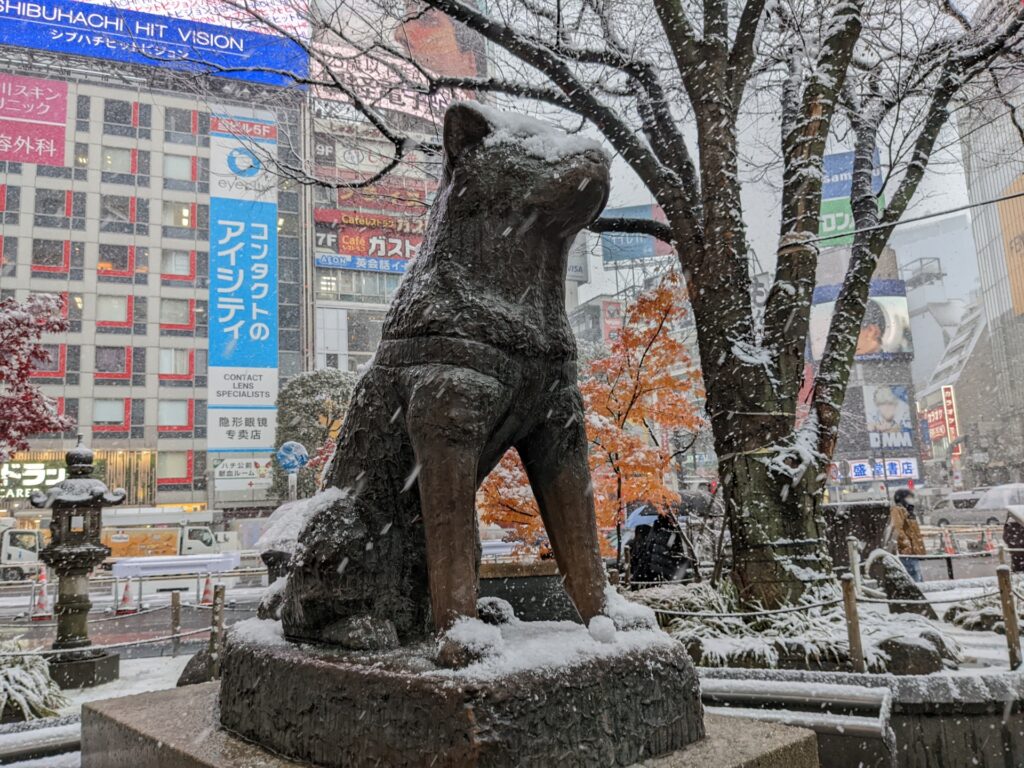
For those planning to visit Japan, a trip to the Hachiko statue at Shibuya Station is a must. This iconic statue is located right outside the station’s Hachiko exit, making it easily accessible. Beyond Tokyo, travelers can find other Shiba Inu statues in regions such as Akita and Shikoku, where the breed has historical roots. These statues are often located in scenic parks or near temples, providing a tranquil setting to appreciate the cultural significance of these monuments. Detailed maps and travel guides are available to help visitors locate these statues and explore their surrounding attractions.
Tips for Planning Your Visit
When visiting Hachiko and other Shiba Inu statues, it’s essential to plan your trip during the best seasons, typically spring or autumn, to enjoy pleasant weather. Early mornings or late afternoons are ideal times to visit the Shibuya Hachiko statue, avoiding the midday crowds. When visiting rural areas, it’s advisable to check local travel advisories and opening hours for nearby attractions. Cultural customs, such as showing respect at temples and public monuments, should be observed. Pair your visit with a tour of nearby landmarks, such as the Meiji Shrine in Tokyo or the beautiful Akita landscapes, to enrich your experience.
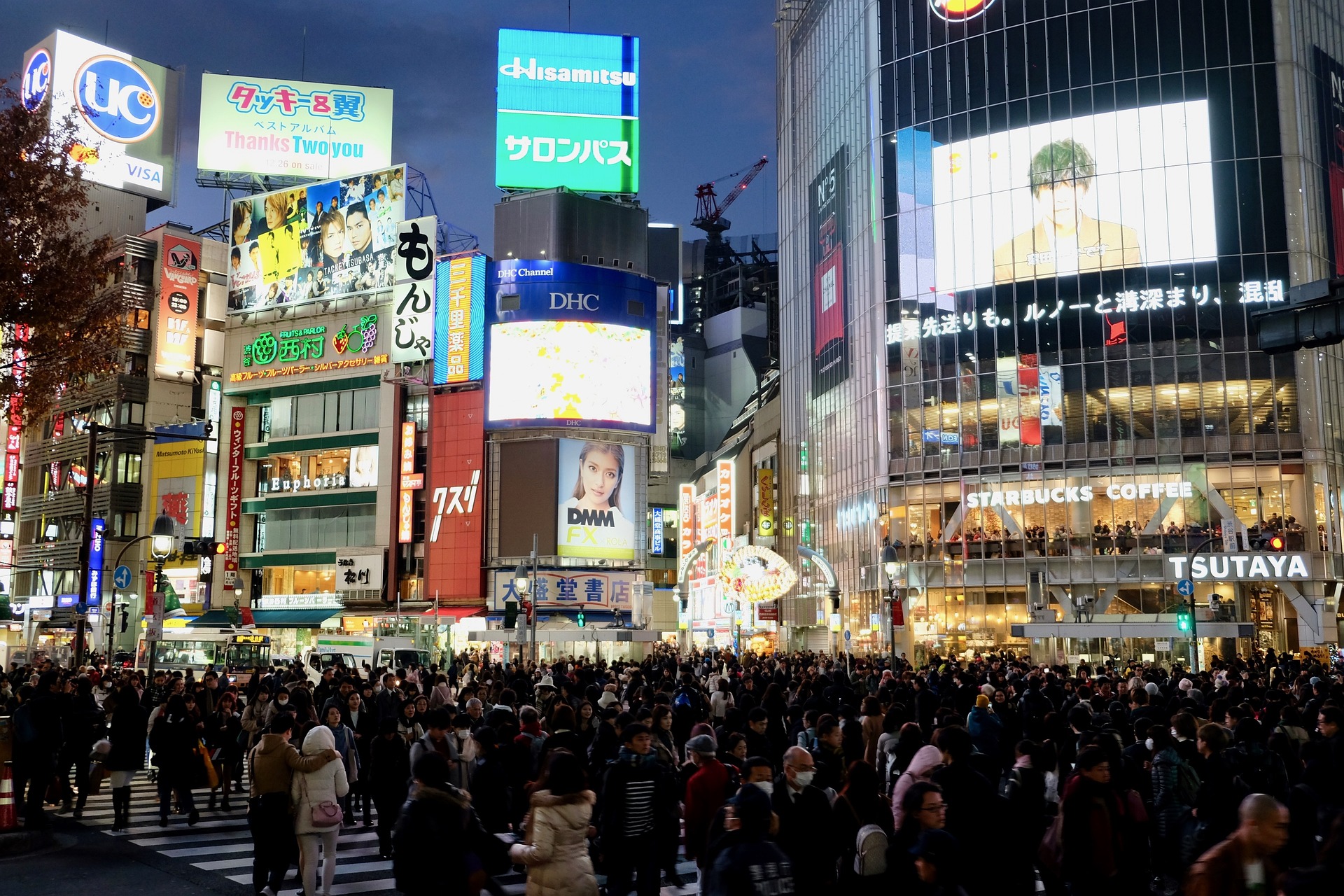
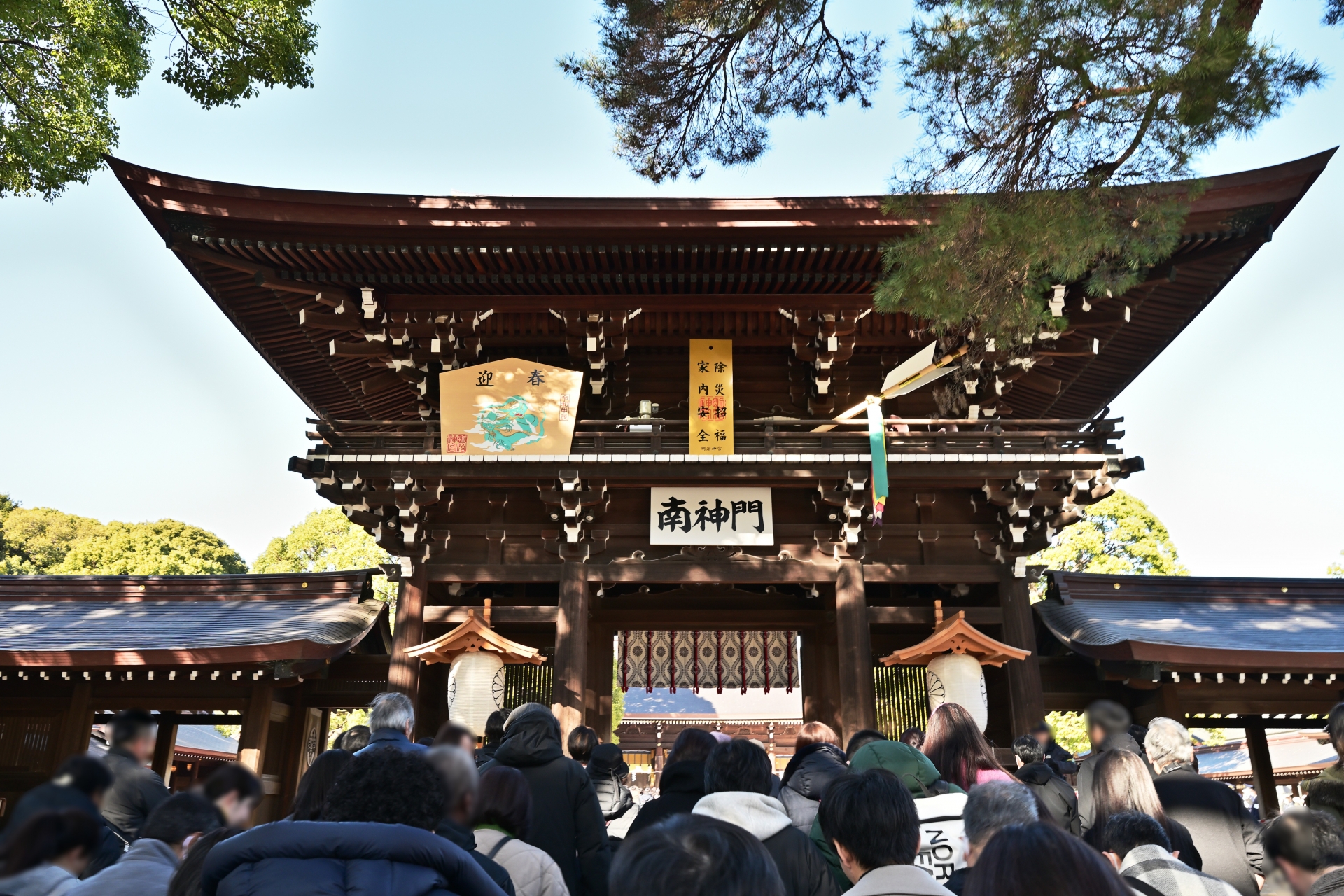
Recommended Itineraries
For a well-rounded trip, consider a two-day itinerary in Tokyo, starting with a visit to the Hachiko statue, followed by a stroll through Yoyogi Park and the Meiji Shrine. On the second day, explore Akita Prefecture, where you can visit local Shiba Inu statues and enjoy the natural beauty of the region. If time permits, extend your trip to include a visit to Shikoku Island, known for its picturesque landscapes and cultural heritage sites, where more Shiba Inu statues can be found, offering a deeper insight into Japan’s love for this loyal breed.
This comprehensive guide provides a thorough understanding of the cultural and historical significance of Hachiko and other Shiba Inu statues in Japan, making it an essential resource for anyone planning to explore these iconic landmarks.




